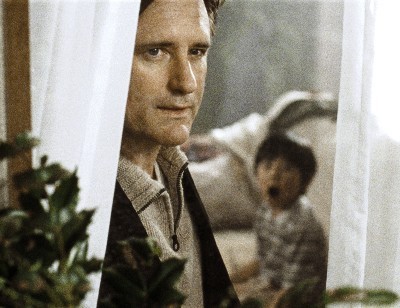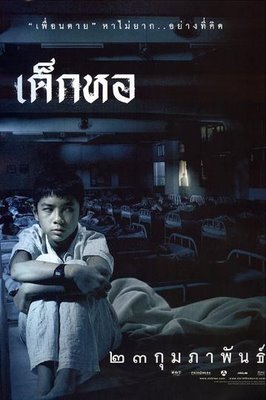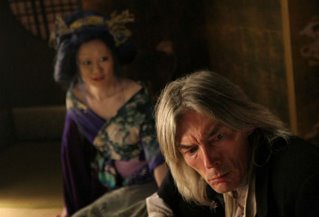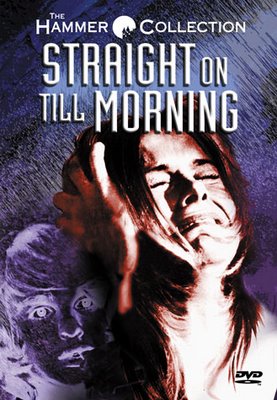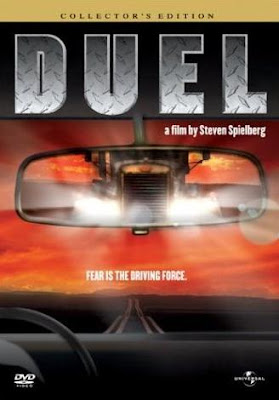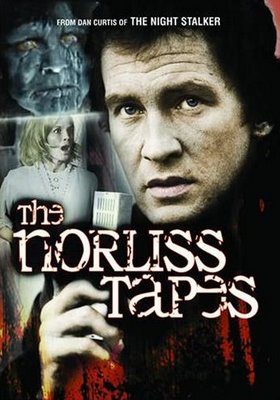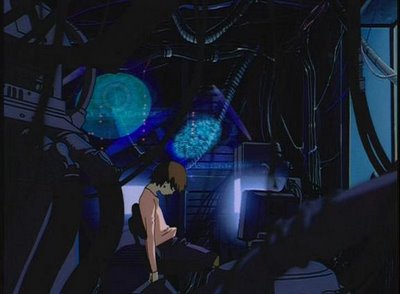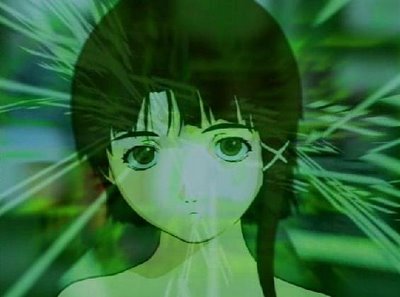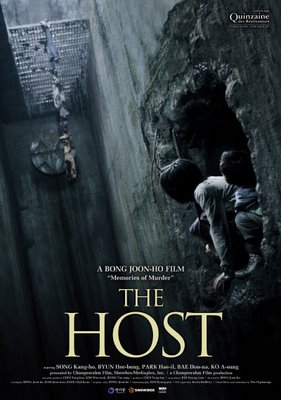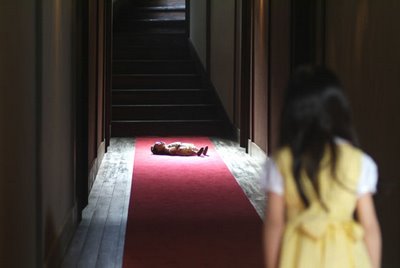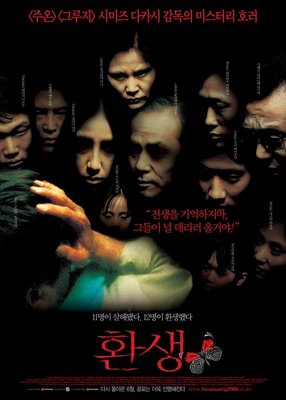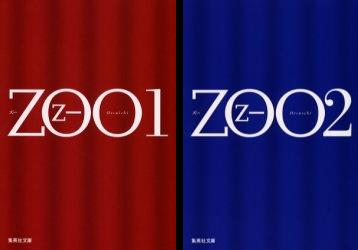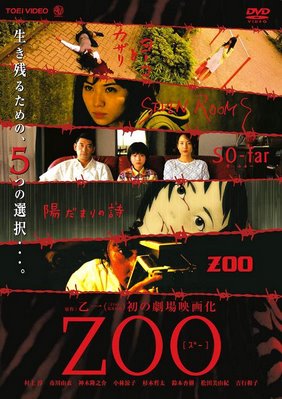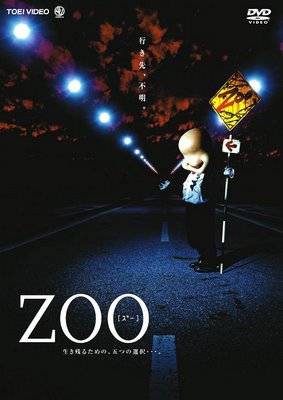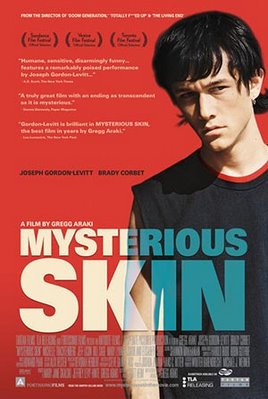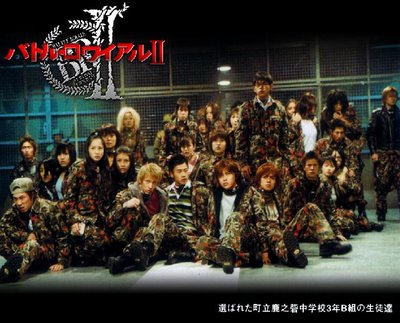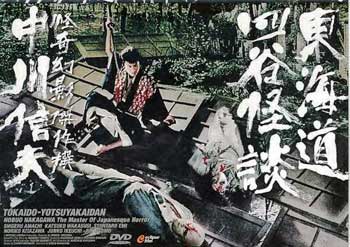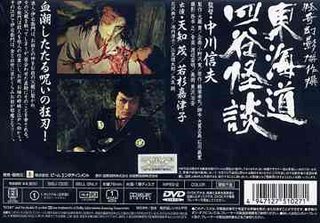THE GRUDGE (2004, US) Extended Director's Cut
Region 2 PAL DVD (Universal)
Another Grudge DVD - bring it on!
I've been reviewing the Japanese Ju-on and Grudge movies over the months and it's overkill to recap them all here for newcomers, so here's some links. I've previously made out a list of the series and reviewed the first Ju-on films. There are also my reviews of the Japanese films called The Grudge and The Grudge 2 (number 3 is reportedly on the way). I was also very impressed by director Takashi Shimizu's Reincarnation recently.
Timed with the cinema release of the American remake of The Grudge 2, comes the DVD release of the cut of the first US Grudge that I always wanted to see. The ‘Extended Director’s Cut’ of The Grudge was originally only released to Japanese cinema audiences. Only now do the rest of us get to see it. This DVD also has a completely new batch of extras.
Sam Raimi’s production company bravely tried to do something different with this remake of a Japanese horror – instead of totally rewriting and recasting it, he hired the original Japanese director, some of the original cast and actually shot it in Japan. The main difference being to deliver an English language version with American stars. It helps that director Takashi Shimizu is an expert on US horror films, and reckoned he knew how to tweak his film towards a western audience.
On first seeing the US version in the cinema, I was immediately disappointed with the muted versions of the scare scenes that I’d enjoyed in the original Japanese films. The Grudge seemed to be a round up of the best bits, but not as scary. I jumped a few times because of the pumped-up volume of the soundtrack, but I wasn’t creeped out at all. Where was the ghastly croaking sound?
Crucially, new audiences to the story would have been pretty confused by the first scare scene with the huge computer-generated ‘hair swarm monster’, because it looks more like a monster than a ghost.
I was sad that Shimizu didn’t use the original house location any more ('the star' of the first four films), electing instead to rebuild a new slightly altered version entirely on a soundstage. The exterior shots of the house aren’t convincing enough.
I was also bemused that a Japanese director would choose to portray Tokyo as noisy, unfriendly, unhelpful, and with such overcast weather. Not my experience of the city at all.
The American cast were likeable and I enjoyed seeing the original Kayako and her husband being played by the same actors from all the previous Japanese versions. The Christopher Young soundtrack was suitably haunting. But it wasn’t a scary film, and didn’t add to The Grudge mythos, which had been growing with every film.
Now I've had a chance to compare this US cut with the Japanese cut. There's a few interesting results. Apart from a few minor tweaks to some scenes, a line of dialogue here and there, these are the main extra scenes in the Director’s Cut that I noticed (fairly spoiler-free):
- there are extra shots in the first major special effects scene, to extend the shock value of Sarah Michelle Gellar’s first fright
- as Bill Pullman’s character and his family move into the house, his sister discovers a cat statue upstairs and some childish drawings in the cupboard
- Clea DuVall wakes up in the middle of the night and hears noises in the house
- Ted Raimi’s awful discovery on the staircase culminates in a longer, ghastlier effects shot
- Sarah Michelle Gellar has to plead with a disinterested Rosa Blasi, before she agrees to help
- the climactic flashbacks are much longer, more violent, and actually show, for the first time in any film, the original murders, explaining why Kayako crawls down the stairs and why she croaks… So many crucial scenes, I’m surprised it was cut so much
- finally, as the ambulance leaves the house, we get a flashback to Kayako, husband, son and cat moving in on their first day in the house – it’s a welcome change to see them together as a family and see her smiling for once!
So is the director aiming his scares at an American audience by using less explicit horror? Almost all the major scary set-pieces have been diluted. Was this to appease the censor, or to appeal to western audiences?
If you haven’t got The Grudge already, I’d fully recommend getting the director’s cut – it doesn’t pull its punches, and it makes more sense!
The DVD also has new extras, most importantly Shimizu’s two short films, 4444444444 and In A Corner, that first got him noticed – they also feature characters from The Grudge and can easily be considered part of the series – one is even back-referenced in the first ever Ju-on.
Other extras include video diaries – Sarah Michelle Gellar good-naturedly complaining about her long shooting days, and KaDee Strickland’s engaging and enthusiastic tour of Tokyo. There are also over thirty minutes of deleted scenes! These look good enough to have been part of the film – presumably a two-hour running time was once a possibility.
In other Grudge news, there is now a novel based on Shimizu's original stories. Written by Kei Ohishi, it's just been released in a translated paperback version.

